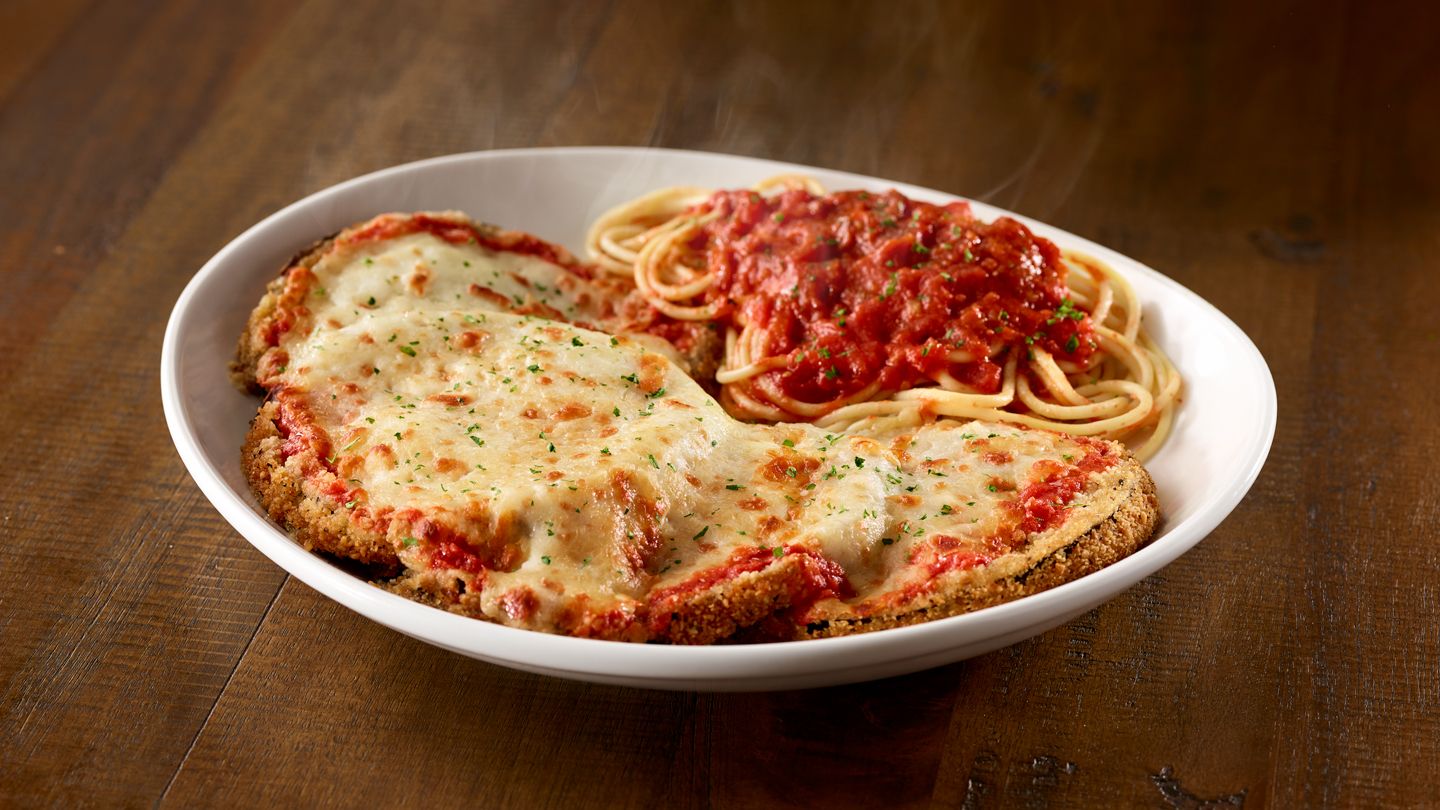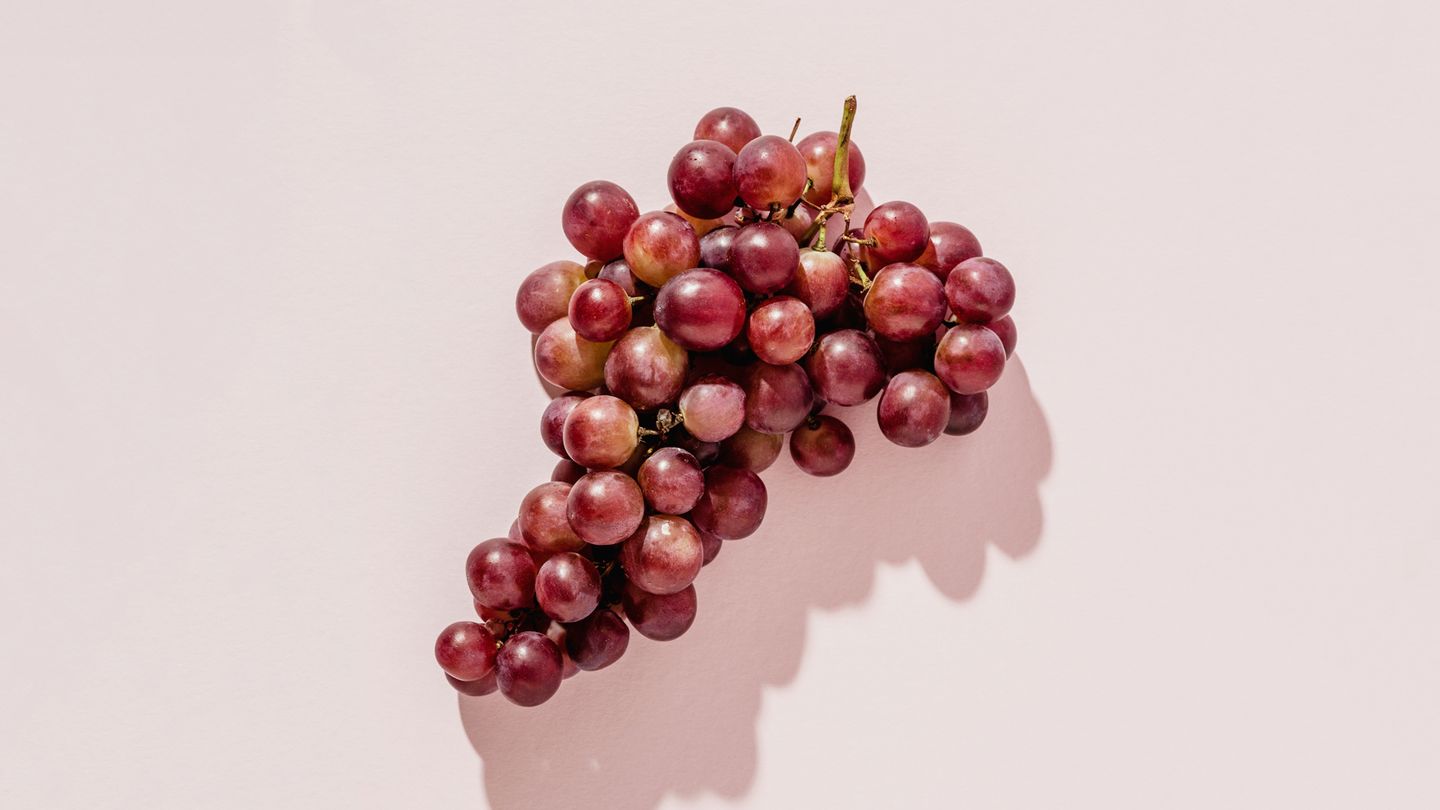An Overview of Carbs in Red Wine
Red wine is commonly regarded as a low-carb alcoholic beverage that can be enjoyed in moderation on low-carb and keto diets. However, the actual carb content of red wine can vary greatly depending on the type and brand. On average, a 5-ounce (150 ml) glass of red wine contains around 3-4 grams of carbs.
While this carb count is significantly lower than beer, cocktails, and sweet wines, it's still not zero. For this reason, wine should be measured carefully and limited to fit into one's daily carb allotment on a low-carb diet.
Factors That Influence the Carb Content of Red Wine
Several factors impact the carbohydrate content of red wine, leading to a wide range among different brands and types:
- Grape variety - Certain grapes like Merlot and Pinot Noir tend to be lower in carbs than others.
- Winemaking process - How the wine is filtered, fermented and barrel-aged impacts carbs.
- Residual sugar - Dry wines have less added sugar than sweet varieties.
- Vintage - Carb content can vary year-to-year even for the same wine.
- Serving size - The carb count rises with larger pours.
Dry vs Sweet Red Wines
One of the biggest factors affecting the carb content of red wine is whether it is a dry or sweet variety:
- Dry red wines - These have minimal residual sugar, typically around 0-1 grams per 5oz glass. Examples are Cabernet Sauvignon and Pinot Noir.
- Sweet red wines - These have added sugar for extra sweetness, raising carbs to 3-5g per glass. Examples include Moscato and some Rieslings.
For the lowest carb options, stick with dry red wine varieties that are known to be less sweet. Be careful of sweet red wines marketed as "dessert wines" - these can have 10-15 grams of carbs per small serving.
Light, Medium and Bold Red Wines
The body or mouthfeel of red wine - light, medium or bold - does not directly affect the carb content. Instead, it refers to the wine's tannin levels and texture:
- Light red wines - Low in tannins with a thinner texture. Examples are Pinot Noir, Grenache, Beaujolais Nouveau.
- Medium red wines - Moderate tannins and a medium body. Examples include Merlot, Zinfandel, Chianti.
- Bold red wines - High in tannins with a full, heavy texture. Examples are Cabernet, Malbec, Bordeaux blends.
So while body doesn't change the carb amount, light reds tend to have slightly less carbs compared to bold, tannic wines. However, there are both light and bold wines that fit into a low-carb diet if consumed carefully.
Counting Carbs and Limiting Intake of Red Wine
The key to enjoying red wine on a keto or low-carb diet is being diligent about counting carbs. Here are some tips for staying in ketosis:
1. Measure and Track Your Wine Servings
Don't estimate - pour your wine into a measuring cup or jigger to get an exact carb count per glass. Track each serving in your food diary app to account for the carbs and stay below your daily limit.
2. Stick to 5oz Pours Max
Limit wine to 5 ounces (150ml) per day. Larger glasses can quickly tip you over carbs limits. Dilute with club soda or water to make it last longer.
3. Avoid Sweet Varieties
Check labels and avoid sweet, dessert-style wines that say "late harvest", "ice wine", or contain added sugars or fruit flavors.
4. Pair with Low-Carb Foods
Balance your wine with low-carb cheese, meat, and veggie appetizers for better macros. Avoid bread, sugary foods and fruit.
5. Don't Go Overboard
It can be easy to overdo it with wine! Stick to one glass and sip slowly. More than one serving can quickly bump you over carb limits for the day.
Lowest Carb Red Wine Options
Some varieties tend to test lower in carbs than others. Here are some of the top low-carb red wines to enjoy in moderation:
Pinot Noir
Light, fruit-forward Pinot Noir typically contains around 3.4g carbs. Its lighter body and subtle tannins make it one of the lowest carb reds.
Merlot
This smooth, medium-bodied red averages 3.7g carbs. Look for dry styles without added sugar.
Cabernet Sauvignon
Bold, tannic Cabernet has around 3.8g carbs on average per 5oz. Stick to dry varieties, not sugary sweet Cab-based blends.
Malbec
Malbec is a full-bodied red that contains 3.8g carbs on average. Varieties from Argentina tend to be lower carb.
Shiraz / Syrah
Spicy Shiraz rings in around 3.9g carbs for a typical glass, though dry styles can be a little lower.
Sangiovese
The main grape in Chianti averages under 4g carbs. Focus on dry Italian Sangiovese wines.
Red Bordeaux Blends
Bordeaux blends using mostly Cabernet, Merlot, and Cabernet Franc can work on keto at around 4g carbs per glass.
Zinfandel
Rustic, jammy Zins contain around 4g carbs on average, though white Zinfandel is sweeter. Stick to dry red varietals.
Grenache
The light, fruity Grenache grape makes easy-drinking wines with around 4g carbs per pour. Choose dry Spanish Garnacha blends.
Highest Carb Wines to Limit or Avoid
Some wines are too high in sugar and carbs to fit into a keto diet:
Sweet and Dessert Wines
Ice wine, port, sherries, Madeira, and other sugary dessert wines can have 15-30g+ carbs per small glass.
White Zinfandel
This blush wine is noticeably sweeter with around 5g+ carbs. Switch to a dryer ros instead.
Moscato
This fruity, fizzy "beginners wine" has 5-7g+ carbs. Try a brut Prosecco for fewer carbs.
Lambrusco
This sparkling red wine from Italy is semi-sweet, with 6-8g carbs per glass.
Berry-Flavored Wines
Raspberry, blackberry, strawberry, etc flavored wines have added sugars and fruits, boosting carbs.
Keto-Friendly Red Wine Cocktails
Certain mixed drinks allow you to work some red wine into your keto diet:
Dry Red Wine Spritzer
Mix dry red wine with bubbly soda water and a twist of citrus or herbs.
Wine Cooler
Blend dry red wine with diet lemonade or sugar-free juice for a light, fruity spritzer.
Sangria
Create red wine sangria with dry wine, diet lemon-lime soda, citrus slices and herbs.
Keto Mulled Wine
Gently mull dry red wine with cinnamon, ginger, cloves and other warming spices.
Dirty Martini
A dry martini with a splash of dry red wine for an antioxidant boost.
Tips for Drinking Red Wine on a Keto Diet
Here are some final tips for enjoying red wine as part of a keto or low-carb diet:
- Choose dry red wine varieties with lower residual sugar.
- Carefully measure and track your wine serving sizes.
- Balance wine with low-carb foods like meat, cheese and veggies.
- Avoid sweet, sugary drinks that can spike blood sugar.
- Stick to one 5oz glass per day max.
- Drink plenty of water to stay hydrated.
- Don't drink while in ketosis if weight loss is your goal.
Overall, dry red wine can be integrated into a keto diet in moderation, as long as carb counts are kept in check. Focus on creating balance, limiting intake and staying hydrated. And as always, consult your healthcare provider with any concerns before making changes.
FAQs
What red wines are lowest in carbs?
Some of the lowest carb red wine varieties include Pinot Noir, Merlot, Cabernet, Malbec, Shiraz, Sangiovese, Bordeaux blends and Grenache. Dry styles with minimal added sugar are best.
Can you drink red wine on keto?
Yes, dry red wine can fit into a keto diet in moderation. Limit servings to 5oz per day, choose lower carb varieties, and account for the carbs in your daily tally.
Is red or white wine better for keto?
Most dry red and dry white wines are fairly equal in carbs, around 3-5g per glass. Sweeter white varieties like Moscato tend to be higher. Overall, dry reds and whites work for keto diets.
What alcohol can you drink on keto?
Besides dry red wine, keto-friendly alcoholic drinks include dry whites, champagne, brandy, whiskey, tequila, vodka, gin, and low-carb cocktails made with diet mixers. Avoid beer, sweet mixers and liqueurs.
Can red wine kick you out of ketosis?
It's unlikely one 5oz glass of dry red wine will knock you out of ketosis. But more than one serving, or pairing with sugary mixers/foods, can bump up carbs and disrupt ketosis. Moderation is key.
Disclaimer: This article is for informational purposes only and does not constitute medical advice. Always consult with a healthcare professional before starting any new treatment regimen.
Related Coverage
Learn about the impressive nutritional benefits of low fat parmesan cheese compared to regular parmesan. Discover how to shop for, store, use, and cook with reduced fat parmesan....
Wondering if green beans can fit into the very low-carb ketogenic diet? This article explores green beans' carb count, nutrition facts, health benefits, and more....
Enjoy Five Guys fast food while sticking to under 50 grams of carbs daily for keto. Order bunless burgers and swap fries for fresh veggies to meet your macros....
Wondering if you can drink champagne on the keto diet? Learn about the carb counts in different champagne types like brut and prosecco plus tips for low carb cocktails....
Peas and carrots are packed with essential vitamins, minerals, fiber, and antioxidants. Learn about the many nutritional benefits these healthy veggies provide....
A well-planned vegetarian keto diet can lead to weight loss, better blood sugar control and other health benefits. Get sample meals, foods to eat and avoid plus supplementation tips....
Learn proper aftercare following cupping treatment including hydrating skin, avoiding sun, gentle massage, nutrition and supplements to minimize side effects....
Learn about the calorie content in popular top round beef cuts like roasts, steaks and London broil. See how these lean keto-friendly cuts can fit into your diet....
Grapes are high in carbs and have a high glycemic index, making them unsuitable for the keto diet. Find out keto-friendly low carb fruit alternatives....
Find out the approximate weight of 1 tablespoon of honey in grams. Learn metric volume conversions, measurement best practices, and how thickness impacts honey weight....









